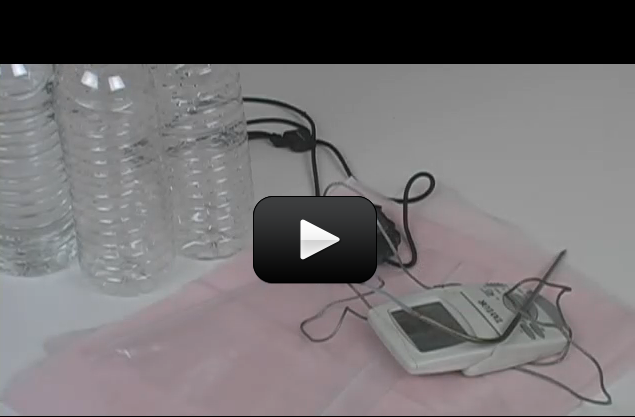Scientists do experiments here on Earth to better understand the physics of distant worlds. We’re going
to simulate the different atmospheres and take data based on the model we use.
Each planet has its own unique atmospheric conditions. Mars and Mercury have very thin atmospheres, while Earth has a decent atmosphere (as least, we like to think so). Venus’s atmosphere is so thick and dense (92 times that of the Earth’s) that it heats up the planet so it’s the hottest rock around. Jupiter and Saturn are so gaseous that it’s hard to tell where the atmosphere ends and the planet starts, so scientists define the layers based on the density and temperature changes of the gases. Uranus and Neptune are called ice giants because of the amounts of ice in their atmospheres.
Materials
- 4 thermometers
- 3 jars or water bottles
- Plastic wrap or clear plastic baggie
- Wax paper
- Stopwatch


Why are the “Lesson Sections” in the upper right of this screen titled “Astronomy…” when this page is “Atmospheres”?
What specifically about your experiment didn’t work? What did you expect to happen, and what actually happen/didn’t happen? (I am not understanding a temperature reading of “H”.) It’s a little hard to troubleshoot without more information since I’m not right there with you. Tell me everything!!
Hi Aurora,
My experiment didn’t work. We are experiencing a heat wave. My Thermometers all read H’. Any ideas on how to get a better reading while we are in a heatwave?